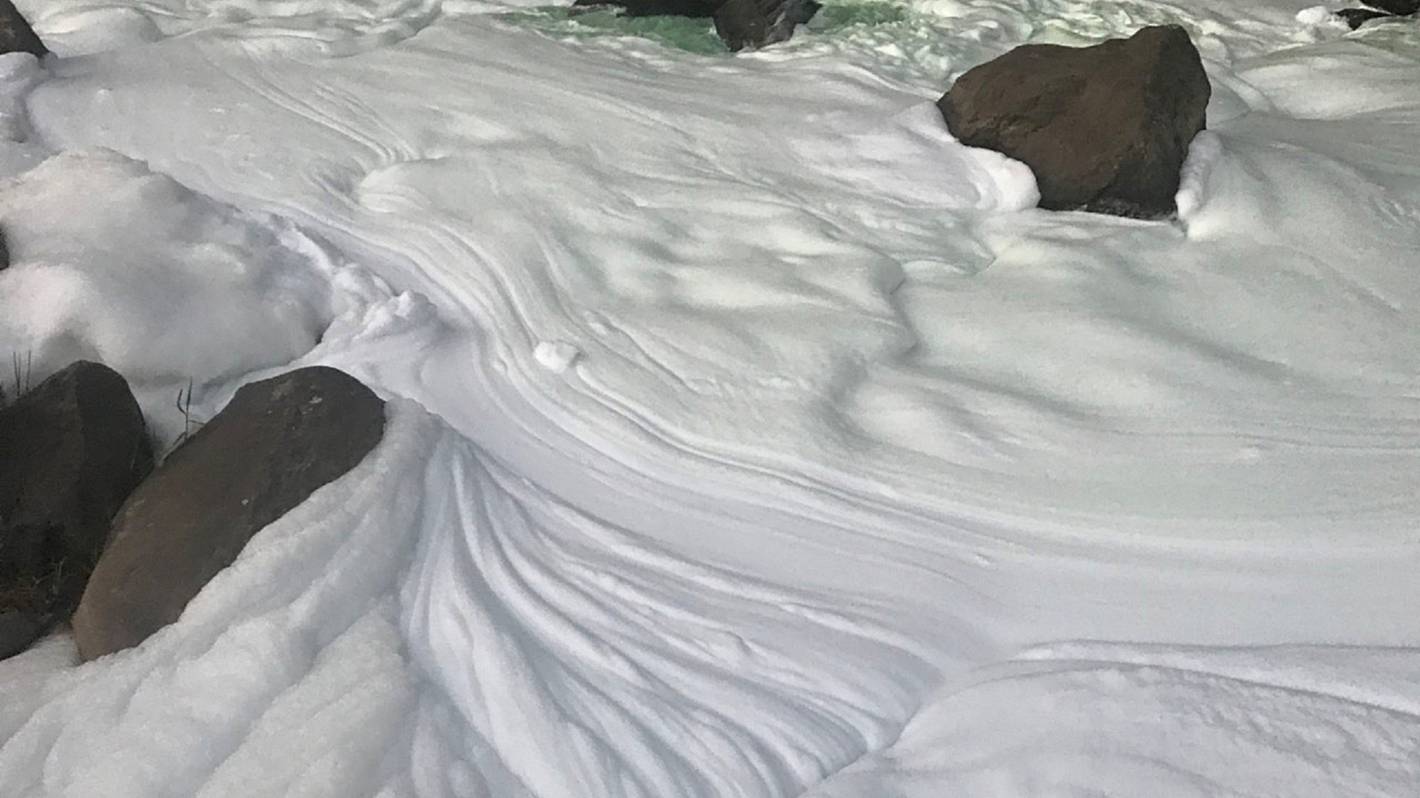The country’s largest iwi is calling for a joint effort to clean up Northland’s biggest lake, which has been plagued by pollution, foul smells and algae blooms for decades.
Read this story in te reo Māori and English here. / Pānuitia tēnei i te reo Māori me te reo Pākehā ki konei.
Lake Ōmāpere, located north of Kaikohe, has used as an emergency backup water source for the township from the 2020 drought to June this year when a replacement will be up and running.
However, concerns over quality saw the emergency supply delayed for months as extensive extra water treatment was needed to ensure the water was safe to drink.
The lake can have toxic algal blooms, with one bloom in February 2018 turning the lake into a pungent, frothy mess.
READ MORE:
* Northland drought: Fast-tracking and funding for Northland dam near Kaikohe
* Drought: Northland emergency water supply up and running, but hard to swallow
* Far North lake once brimming with life turns to pungent, frothy mess
Te Rūnanga-Ā-Iwi-Ō-Ngāpuhi chairperson Wane Wharerau said pollution had been a problem for the lake for at least 30 years, however it wasn’t the fault of one group.
“It’s gradually been getting worse. There are several reasons why – it’s a collective of a lot of bits and pieces that have taken place for over a century and a half,” he said.
Tests carried out by Northland Regional Council showed low concentrations of cyanotoxin at the lake in January.
Linda Lewis/Supplied
Foaming water at Lake Ōmāpere.
Cyanobacteria produce toxins that are harmful to humans and animals if swallowed or through contact with skin. Exposure to cyanobacteria can cause symptoms such as skin rashes, nausea and tingling and numbness around the mouth or tips of fingers.
Despite the pollution, the water body has deep cultural significance to Ngāpuhi hapū, and was once a reliable source of kaimoana, Wharerau said.
“All hapū of Ngāpuhi have a connection to that lake. It fostered a relationship between the Hokianga and Taumārere on the east coast,” he said.
Natalie Blandford/Stuff
Lake Ōmāpere viewed from the northern side of the lake in January 2021.
“It used to be a place where eels lived, it was obviously a food basket for the area, and allowed hapū to keep in contact with each other,” he said.
Wharerau called upon the Government, council and community to help clean the lake for good.
“I’m calling on everybody. A lot of central Government [support] will, hopefully, be funding. Council will no doubt be looking to provide on the ground support,” he said.
Far North District mayor Moko Tepania said the Far North District Council would be willing to work together to clean the lake.
“Me mihi ka tika ki tō tātou heamana o Ngā Puhi! It is hugely heartening to finally see this shared concern on the state of Lake Ōmāpere brought to attention,” Tepania said.
“Far North District Council will be a willing participant on working together for solutions to restore the mauri and the mana of our lake.”
This comes as the Ministry for the Environment released the Our Freshwater 2023 report on Wednesday, detailing the poor state of Aotearoa’s lakes, rivers, streams, wetlands and aquifers.
Jason Dorday/Stuff
Far North Kahika Moko Tepania said the council would willing assist the clean up of Lake Ōmāpere. (File photo)
The report, released on Wednesday, shows 45% of monitored lakes worsened between 2011 and 2020 and 45% of rivers are unswimmable.
More than two-thirds (68%) of monitored groundwater sites failed drinking water standards at least once during the period measured, according to the most recent data.
Te Tai Tokerau MP Kelvin Davis said the Government remains committed to ensuring all New Zealand waterways are clean.
“There is more work that needs to be done to restore Lake Ōmāpere and working together to make progress remains a priority,” he said.




